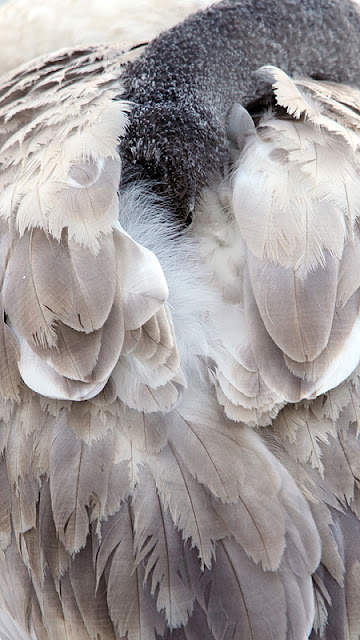 |
| Aquatic Flowers - Costa Rica Canon 5D markII + Canon 180 f3.5L Macro @ f4.0 |
It is comforting to hide behind a false construct like “writer’s block” and “creative deficits.” At a moment of despair, we might claim to have lost the ability to be unique, to say something new, or to see differently. These, I fear, are simply excuses that reward our inherent desire to be lazy.
 |
| Bamboo Orchid (Arundina bambusifolia) - Costa Rica Canon 5D markII + Canon 180 f3.5L Macro @ f4.0 |
Nature Photo Tip #70 falls within the despair I have just described. I am tired after a long week of work, I am bored with my library of images, and I fear that I am losing my capacity to “see.” Does this sense of loss sound familiar to you? I experience these feelings regularly, and eventually break free from the self-doubt. Fortunately, research is on my side. While the crutch may be a comfortable one, writer’s block and creative lapses do not exist. What exists is the resistance to do the hard work of writing or being creative. It is not easy to write with clarity, to see differently, or to create something new. However, at the core of our humanity is a complex brain that continually invents and creates. New ideas from old unfold, twist about, and scream to be released. Yet, we are faced with the challenge of articulating this infinite creativity into something real... something that others can see.
 |
| Sepia Bromeliad Bloom - Costa Rica Canon 7D + Canon 300mm f2.8L IS @ f4.0 |
When I find myself mired in a creative funk, I work harder instead of less. I reflect on my past work and abandon it like a freed prisoner. I step away from myself and try something new. The images presented are departure from my norm. These are not my typical subjects nor do they reflect my signature image processing style. Don’t let yourself hide behind a false construct, there is no lapse of creativity. Step away from yourself and do the hard work.
©2000-2012 BTLeventhal.com / Bruce & Tamy Leventhal. All rights reserved. No image on this site may be used without permission.




















